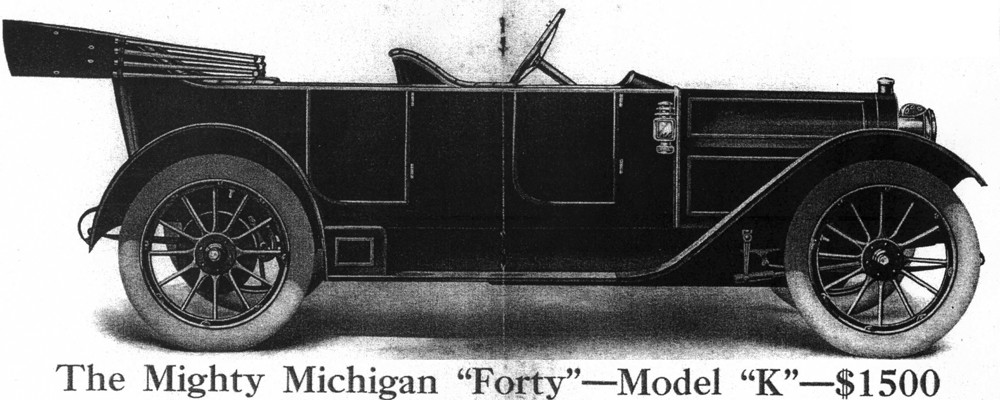The greater part of the motor assembly procedure was behind us and it was time to consolidate these many parts into an automobile. On December 2, 2017, Janet took some time out from learning about very hot glass to help me swing the motor onto the frame and align the motor mount bolts.
Over the next couple of weeks I attached the water pump, magneto, carburetor and muffler. It was ready to attempt to start the engine. In-laws, Clarence Davis and Janet’s sister, Sally, were in California following a cruise on February 20, 2018, so we thought we would give it a try. We got one crummy “pop” and I messed up my back trying to crank the tight engine. Very disappointing.
My back was so messed up that I didn’t want to touch the car for a while. As I recovered, I worked on different methods to start the car without using my back.
The first method was some sort of heavy duty drill that I could attach to a bolt in the place of the hand crank. To that end, I built a new spring loaded crank extension.
I bought a nice low RPM high torque half inch drive electric drill from Harbor Freight ($50 or so) and chucked in a welded up 3/4″ socket and hex shaft. With the spark plugs out and priming cups open, the engine turned easily. With the spark plugs in, it strained and smoked, but turned. With the spark plugs in and priming cups closed, it simply made bad noises and smoked. Bummer…..
I tried a pneumatic drill… That did even less.
Time to reflect and form a different plan.
Various types of “bump starters” or “paddock starters” might work. These are motors that turn a tire or roller with friction applied against a fly wheel (in the case of stationary oil field engines or large hit & miss engines) or rear tire (in the case of starter-less motor cycles. As soon as the engine / motorcycle is started, the bump starter is backed away. I searched (without any luck) for a temporary starter such as this for use with antique autos. I found none. Theoretically, such a starter could be used on an exposed fly wheel (such as our Michigan has) or on a jacked up rear wheel on a car that doesn’t. The commercially available bump starters were prohibitively expensive and frankly didn’t look like anything I would want to own. Some were powered by electric motors. Some were powered by small gasoline engines. I wanted a battery powered starter. So I set about building one. The final result is shown below. It’s basic configuration was dictated by the platform it is mounted on — a rolling cart for a power washer (removed) that I obtained with wheels and all for $5. It consists of the following:
- a 1970’s vintage Dodge pickup starter with functioning solenoid and 10 tooth pinion gear.($25)
- a jack shaft that takes the 10 tooth to a 21 tooth sprocket.
- a mini-bike wheel with a slick tire and 72 tooth sprocket.
- a 12 volt battery ($50) and Harbor Freight remote starter button ($10).
The overall cost with gears, sprockets, chains and some specialized tools was less than $300. Not including EDM (Electric Discharge Machining) of a keyway into a 10 tooth pinion gear needed on the jack shaft. ($75). This cost might have been unnecessary.
Here is what the gadget looks like:
The good part about this gadget, is that it works. I was able to use it to turn the engine over on July 1, 2018. When jammed against the bottom right side of the fly wheel, the engine turns over…. rapidly. Just like starting a car. The main issue is getting it in the correct position and exerting enough upward pressure / friction. Once the sweet spot is found. It spins things easily. HOWEVER — if the cam shaft gear is in the wrong position, you can turn the engine over indefinitely and never have the engine start. Unbeknownst to me, that was EXACTLY the problem on July 1, 2018, when Janet, Tori & I tried for 2 hours to get the car to start. All to no avail. But my back didn’t hurt from cranking! It was time to ponder the reasons for lack of any effective internal combustion. Dang! No Bang.








